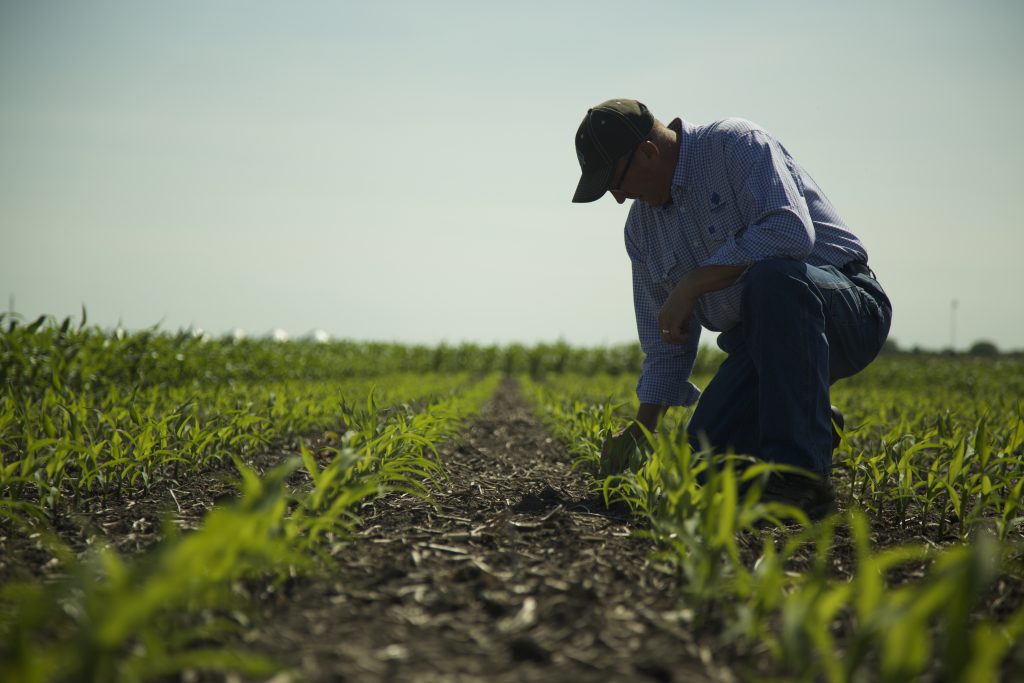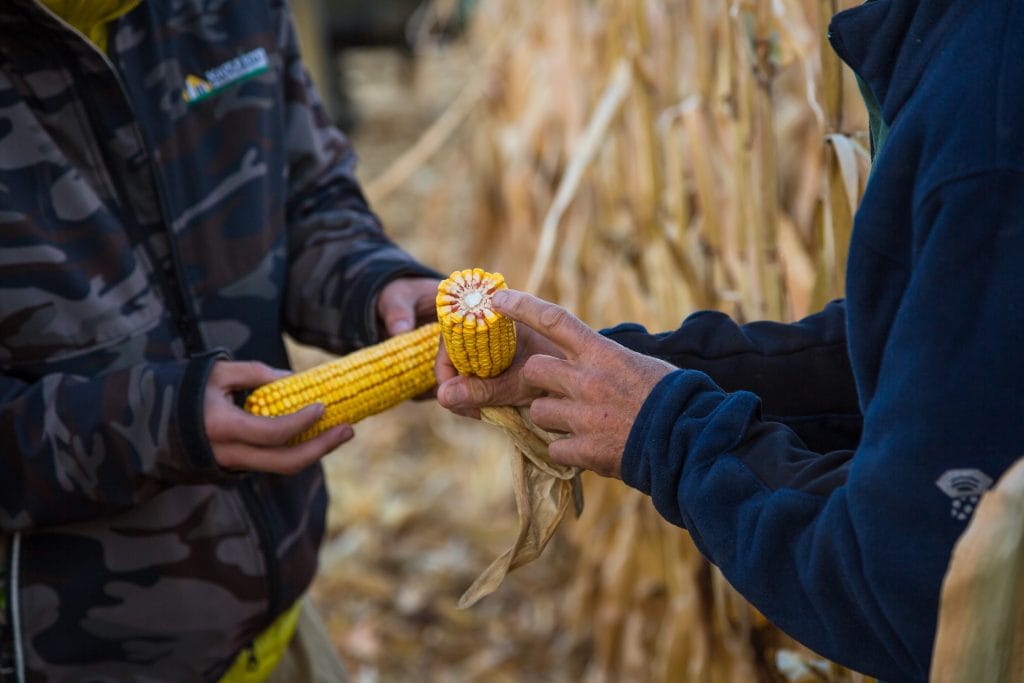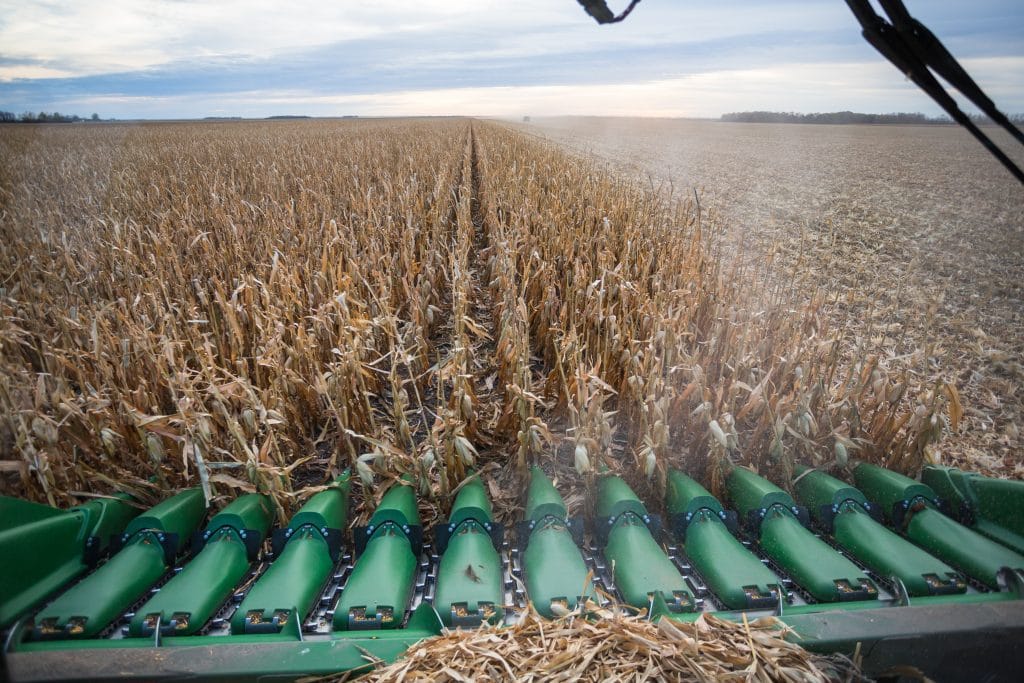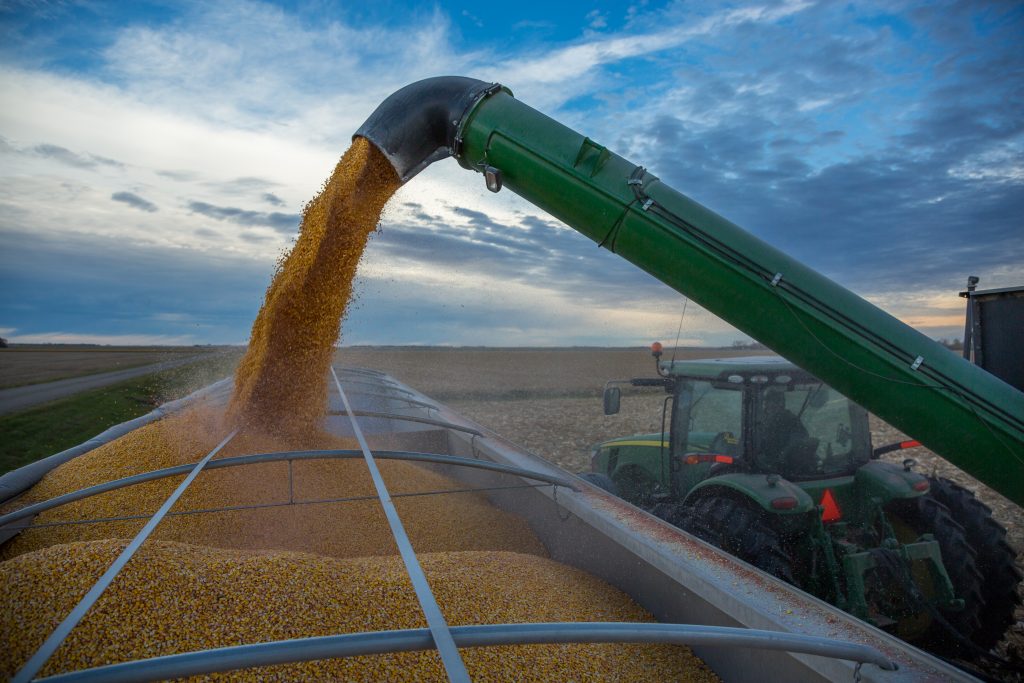Kernel Weight Leads to Record Breaking Yields
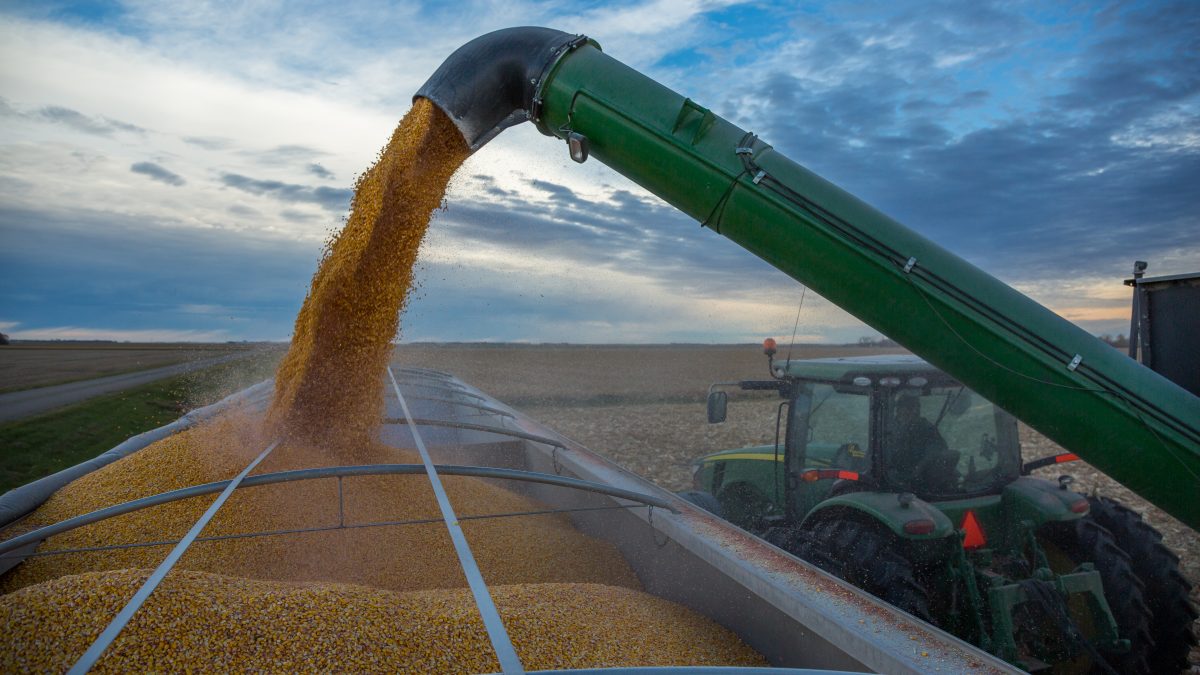
2016 was a year for the record books! Across the board, save the areas that received the unlucky shots of hail or were deluged with too much rain, we’ve heard nothing but good things about this year’s corn crop. The only complaint? Having to scramble to find a place to put it all!
Corn genetics have improved significantly over the last several years. Hybrids are bred to handle different soil types, weather extremes, diseases while building stalks and roots that will take whatever the soil gives them. In 2016, our corn plants hung in there when Mother Nature was somewhat angry – and took advantage of what she gave them when she settled down.
So why was this year so successful for the majority of farmers, no matter the region? In order to understand the ‘why’ of great yields, one needs to start at the beginning of the season and work towards harvest.
The 2016 planting season got off to a great start, with very good soil conditions and warm April weather. Corn fields were planted at a record pace across North Dakota with an early completion date. Farmers were out of the field early, with the promise of a longer growing season ahead.
Parts of southeast North Dakota went without any significant rain well into late June. And some corn stands suffered. Just the opposite, in northeast North Dakota, fields were hammered by heavy rain. Many growers in the east felt the ravages of at least some hail and wind damage resulting in some degree of green snap.
Corn loves tropical-like temperatures and this year we were blessed with an abundance of sunny days. With highs in the mid 80’s and overnight lows in the 60’s, we accumulated the right amount of GDU’s (Growing Degree Units) quickly for our area’s corn maturity needs.
When walking fields during pollination, I observed very nice cob girth on most ears. Even when the stand count in some fields did not hit the target population, the girth I consistently observed, led me to believe there was a chance at a good crop. The warm temperatures and calm weather through pollination helped the crop fill in well, with kernels produced to the very tip of the cob. That equates to higher yield.
While running a combine in Traill county harvesting our 71D83, I was thrilled with how well it was yielding. But, I was puzzled because the crop looked just as it had during every other year. But this year, the grain cart operator was “as busy as a one-armed wallpaper hanger.” All through harvest, I encountered fields running around 200 bu/A with the appearance of only an average, successful crop? The question was on everyone’s mind – why was this crop so great?
Kernel count per pound was part of the answer. When I ran this test on a sample the first time, I was amazed when it came to 78,250 kernels per bushel! When doing pre-harvest yield estimates, I had been using 90,000 kernels per bushel!
The kernel weight of that sample of our 75K85 kernel weight equated to 15% heavier kernels than a normal year. If the sample had been the “normal weight”, it would have yielded around a 175 bu/A.
The next question to ask is what factors from this year made the kernel weight 15% heavier. It is tough to know exactly what factors contributed, but looking over2016 from planting to harvest gives us a few hints. The longer than average growing season (starting in April) could play into the heavier kernels, as well as the warmth and humidity which allows for better soil mineralization, freeing up more plant food from the soil. Also, as noted earlier, corn likes it warm but not hot. The plant shuts down when the temperature reaches the 90’s. We had very few days in the 90’s during the growing season.
Whatever the cause, reports of pleased growers came in from all corners of our region with one thing in common: record yields. When asked about success, one doesn’t always question or look for the ‘why’ in the equation. But for me, knowing the ‘why’ will help in the future to tell the average from the record-breaking.

